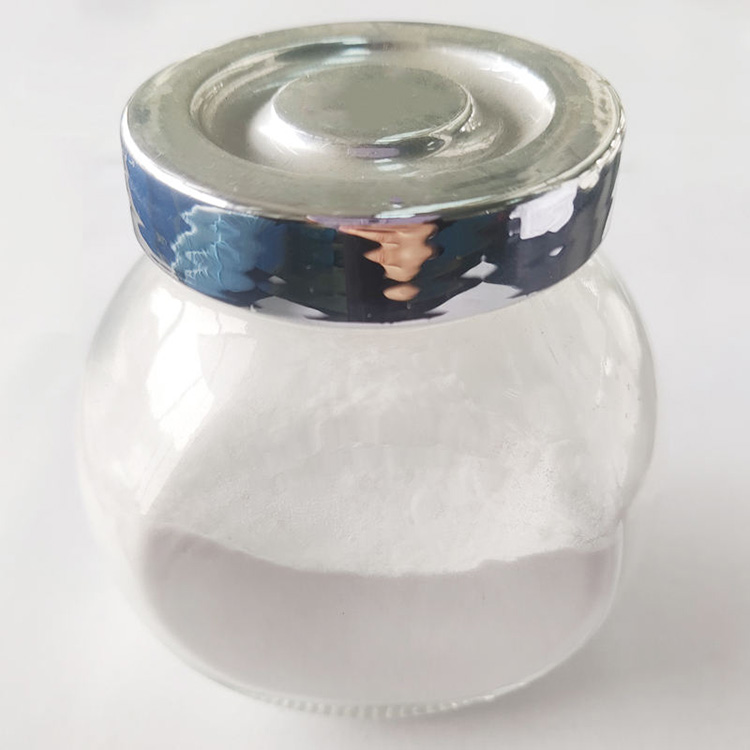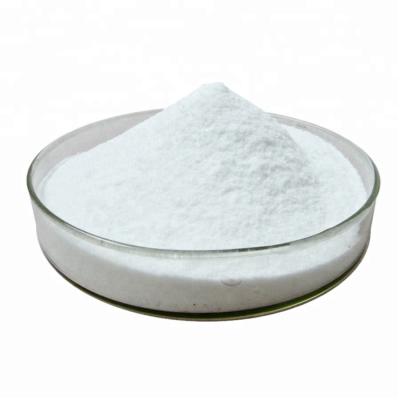Propazine Triazines Herbicide
Common name: Propazine
Chemical name:
2-Chloro-4,6-diisopropylamino-1,3,5-triazine.
Molecular formula: C9H16ClN5
It can be used in corn, sorghum, millet, orchard and nursery, to control crabgrass, setaria, barnyardgrass, bluegrass, cornflowers, chinensis, chickweed, shepherd's purse and other weeds.
Common name: propazine
Chemical name:
2-Chloro-4,6-diisopropylamino-1,3,5-triazine.
Molecular formula: C9H16ClN5
Structural formula:

Molecular weight: 229.71
CAS No. : 139-40-2
Product description:
Triazines are systemic and selective herbicides. The pure product is colorless crystal with a melting point of 212~214℃ and a vapor pressure of 386.6×10-8Pa at 20℃. It is almost insoluble in water and hardly soluble in organic solvents, but it can be recrystallized from 2-ethoxyethanol and dimethylformamide. The purity of industrial products is greater than 95%, stable in neutral, weak acid or weak base solutions, and easily decomposed in strong acid and strong base. It can be absorbed through the root system through, and transmitted to the leaves, inhibiting the Hill reaction of photosynthesis, making the leaves lack green, and the plants die from starvation. It can be used in corn, sorghum, millet, orchard and nursery, to control crabgrass, setaria, barnyardgrass, bluegrass, cornflowers, chinensis, chickweed, shepherd's purse and other weeds. It has a long residual period in the soil and is prone to phytotoxicity to sensitive crops after cropping. Low toxicity to humans and animals, acute oral LD50 in rats>5000mg/kg, acute transdermal LD50 in rabbits>10200mg/kg.
Physical and chemical properties:
Properties: white crystalline solid
Density (g/mL, 25/4℃): 1.19g/m3
Melting point (oC): 84~86℃
Flash point (oC): 11°C
Vapor pressure (kPa, 20oC): 1.12×10-4Pa
Solubility: The solubility in water at 20°C is 185mg/L, easily soluble in organic solvents, stable in weak acids and weak bases, and non-corrosive.
Usage:
Annual gramineous weeds and broadleaf weeds. The lethality of dicotyledonous weeds is greater than that of monocotyledonous weeds. It also has a certain lethality to some perennial weeds, but it has a significant control effect on newly germinated weeds, but it has a poor effect on larger weeds and perennial deep-rooted weeds. Millet, corn, sorghum, sugar cane, carrots, celery, peas, etc. It can be used in corn, sorghum, millet, orchard and nursery, to control crabgrass, setaria, barnyardgrass, bluegrass, cornflowers, chinensis, chickweed, shepherd's purse and other weeds.
Submitted successfully
We will contact you as soon as possible




